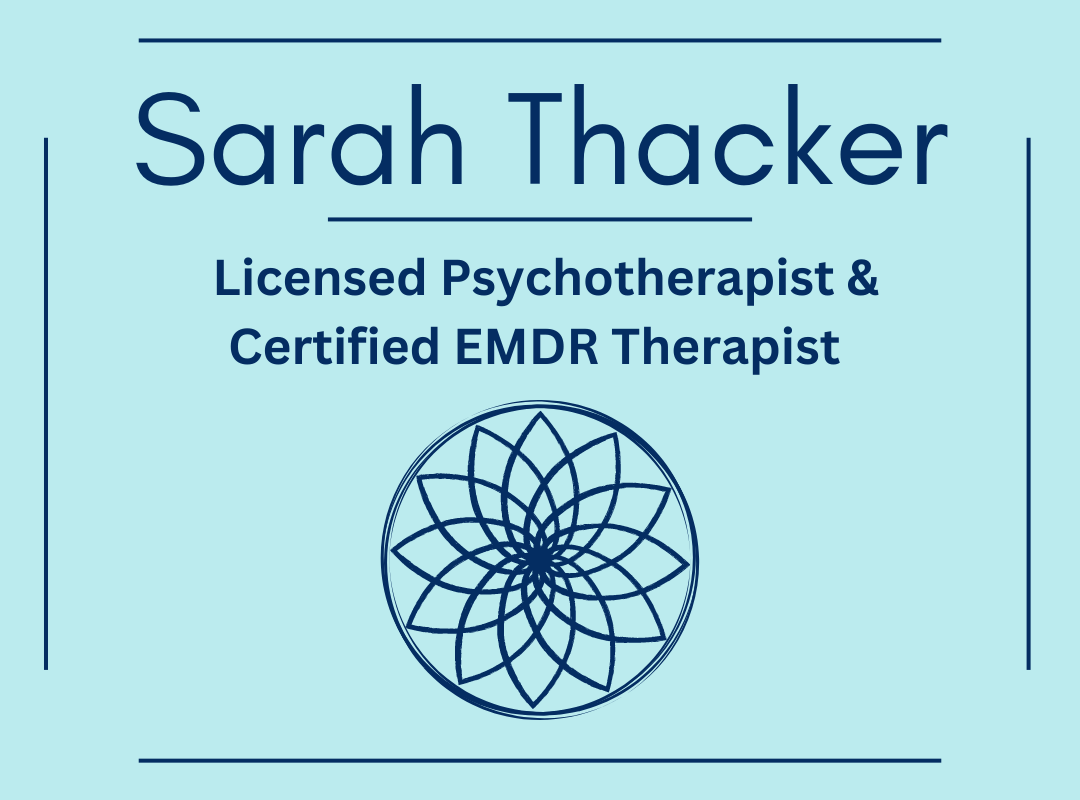The second principle of intuitive eating is: Honor Your Hunger. If you began implementing the first principle introduced in the previous blog—reject the diet mentality—then you are ready to dive right into this concept. When you chronically diet and restrict foods or calories, you most likely expect to feel hungry at times—maybe even after eating. This just is not a sustainable way to be with food.
When you restrict and ignore/suffer through your hunger, at some point your brain will override your attempts to not eat and you find yourself ravenously overeating. This is a biological drive to survive, we need to eat to sustain health, and when you don’t honor your hunger, you may find yourself creating dangerous patterns of overeating and possibly developing an urge to binge eat.
When you honor your hunger, you are engaging with mindful eating. Honoring your hunger requires that you are fully present while eating. Honoring your hunger requires that you pay attention to your body and its individual wants and needs. This is mindful eating as its core, being present with your food and listening to your body. When you honor your hunger, you are able to practice eating when you are hungry and tuning into to your body to determine what it truly wants and needs.
One of the most valuable elements of mindful eating is the concept of nonjudgment. When you are eating mindfully, you continue to pay attention from moment to moment with this nonjudgmental awareness. When you don’t judge your hunger, your body or your food, you can be more fully present and in tune into your body in a deeper way. This allows you to determine—without judgment—what foods are satisfying, satiating and provide the energy, nourishment and pleasure that you deserve to receive from your food. When you practice nonjudgment of your food you allow yourself to let your food just be food.
If you have been engaging with the dieting yo-yo for a while, honoring your hunger may feel awkward, if not foreign to you at first. In my book, Wholistic Food Therapy: A Mindful Approach to Making Peace with Food, I offer the following hunger scale to help with practicing this principle. When you practice using this scale consistently to assess your hunger, you make the process of honoring your hunger feel much more doable. The more you practice tuning in, paying attention to your hunger cues and listening to your body during mindful eating, the more intuitive you become. Eventually you won’t need to consult the hunger scale, but in the beginning, it can be a very useful tool.
Hunger Scale:
0= no hunger present
1= slight hunger present
2= mild hunger, could eat a snack
3= fairly hungry, stomach may be growling, ready for a meal
4= very hungry, stomach growling, possible headache, may be getting irritable or shaky
5= beyond hungry, full on hangry
I recommend that you practice with the scale at least one time per day. When you have one meal or snack per day that you can dedicate to mindful eating you will grow in your comfort with honoring your hunger. Have a journal and writing utensil handy. Limit your distractions. Tune into your body and notice where you are on the hunger scale. Write it down along with the signs and signals your body is sending you in relation to how hungry you feel.
This feedback is so valuable and will allow you to see your own progress over time. It also allows you to identify and work through emotional and stress eating patterns. If you find that you are eating and you are not hungry, you can work through the Pause, Reflect, Release process to help change these patterns.
Practice eating slowly, mindfully, and engage all of your senses. After practicing this process daily for the week, you can review your notes and begin to see your patterns and any challenges with this principle of honoring your hunger. You will also begin to see where you are making improvements with trusting yourself, becoming more intuitive with your body, your food and more deeply in alignment with how you want to feel as you begin to make peace with food through intuitive and mindful eating practices.



